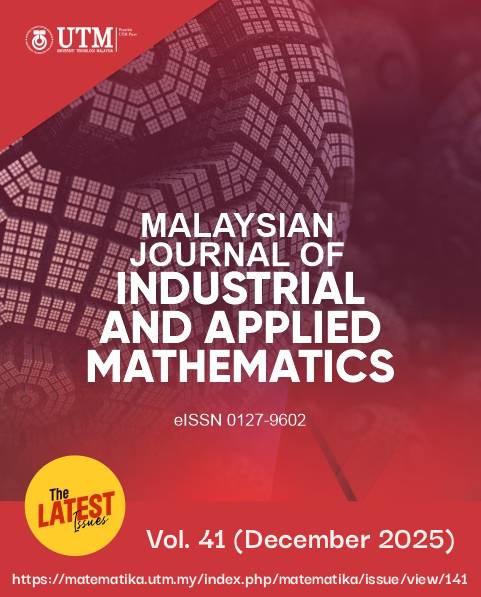Forecasting Flash Floods in Puchong Using Data-Driven Machine Learning Techniques
DOI:
https://doi.org/10.11113/matematika.v41.n3.1686Abstract
Flash floods are highly destructive in Malaysia. Mainly endangering lives, damaging infrastructure and disrupting the economy. Reliable and precise forecasting is essential to reduce their e ects and enhance preparedness. This study investigates the application of Machine Learning (ML) algorithms such as Logistic Regression (LR), Random Forest (RF) and Long Short-Term Memory (LSTM) to develop a robust flash flood prediction model. Historical water level and rainfall data recorded every 15 minutes during the flash flood at IOI Puchong Jaya on December 15-16 2023 were utilized for model training. Lag features were created to capture temporal dependencies and enhance predictive accuracy. Among the tested models, RF outperformed other models by achieving an accuracy of 0.50 and a perfect recall of 1.00 successfully detecting all flash flood events with an impressive computation time of just 0.01 seconds. Further real-world validation during the May 2024 flash floods demonstrated RF's reliability in predicting actual flood occurrences while minimizing false alarms. The findings underscore the potential of RF as a powerful tool for flash flood prediction. Its integration into flash flood warning systems can provide emergency responders with timely and accurate predictions. This research highlights the significance of ML-driven approaches in addressing the challenges of flash flood management and offers valuable insights for future disaster mitigation strategies.


















